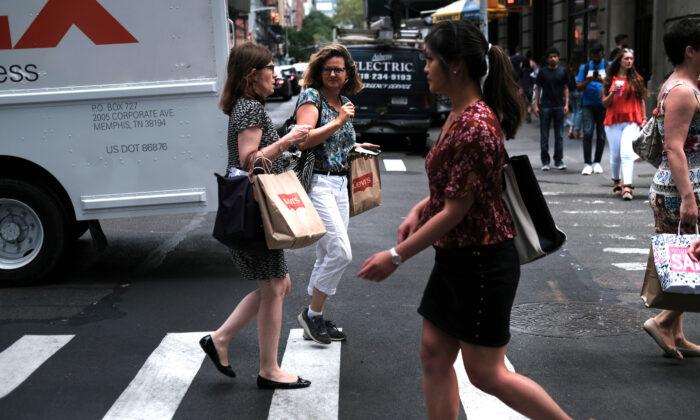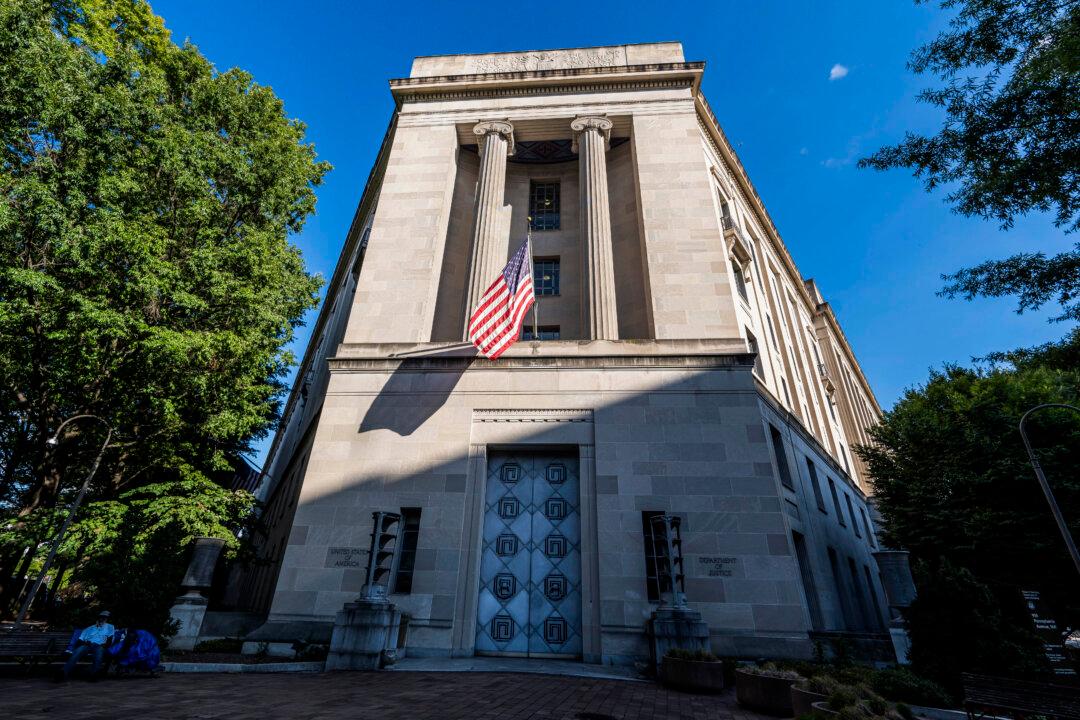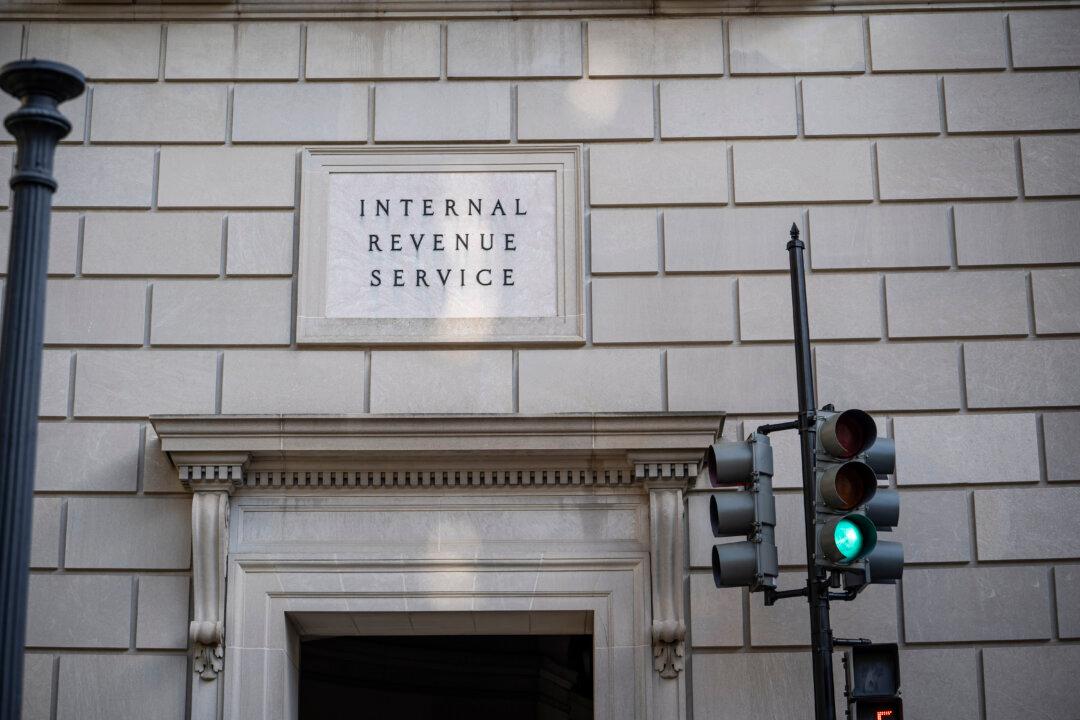Economists from some of America’s biggest banks predict the U.S. economy will grow, add jobs, and support wage gains in 2020, according to a forecast of the American Bankers Association Economic Advisory Committee.
Still, most of the members of the Committee, which consists of 15 chief economists from some of North America’s largest banks, said risks to economic growth were “still weighted to the downside.”
“On the consumer side, continued strength in the labor market, including rising wages, remains a positive force for growth,” the Committee said. “However, the committee believes that consumption will moderate as job growth slows. The group forecast is for personal consumption to rise just over 2 percent through 2021 compared to around 2.7 percent last year.”
“Sustained job gains, low unemployment and strong wage growth will enable consumers to continue supporting the economy, although less robustly than last year,” said Catherine Mann, chair of the committee and chief economist at Citigroup.
Fed Funds
The FOMC indicated it felt the economic outlook was stable enough to put further rate cuts on hold, adding that it would monitor conditions and adjust as needed.“The Committee judges that the current stance of monetary policy is appropriate to support sustained expansion of economic activity, strong labor market conditions, and inflation near the Committee’s symmetric 2 percent objective,” the FOMC said.
The Economic Advisory Committee considered future rate moves by the Fed and said they expected “no change to the federal funds rate through 2021.”
“However, the committee was split on whether the next move would be an increase or decrease in the policy rate as members had differing views on the tightness of the labor market and its potential pass-through to inflation,” the Economic Advisory Committee said.
‘Almost Ideal’ Economic Conditions
In recent statements, Fed officials noted some downside risks to the economy, but insignificant enough to cut rates.“More rapid than expected inflation remains a risk of running the economy with accommodative monetary policy and tight labor markets,” Rosengren said.
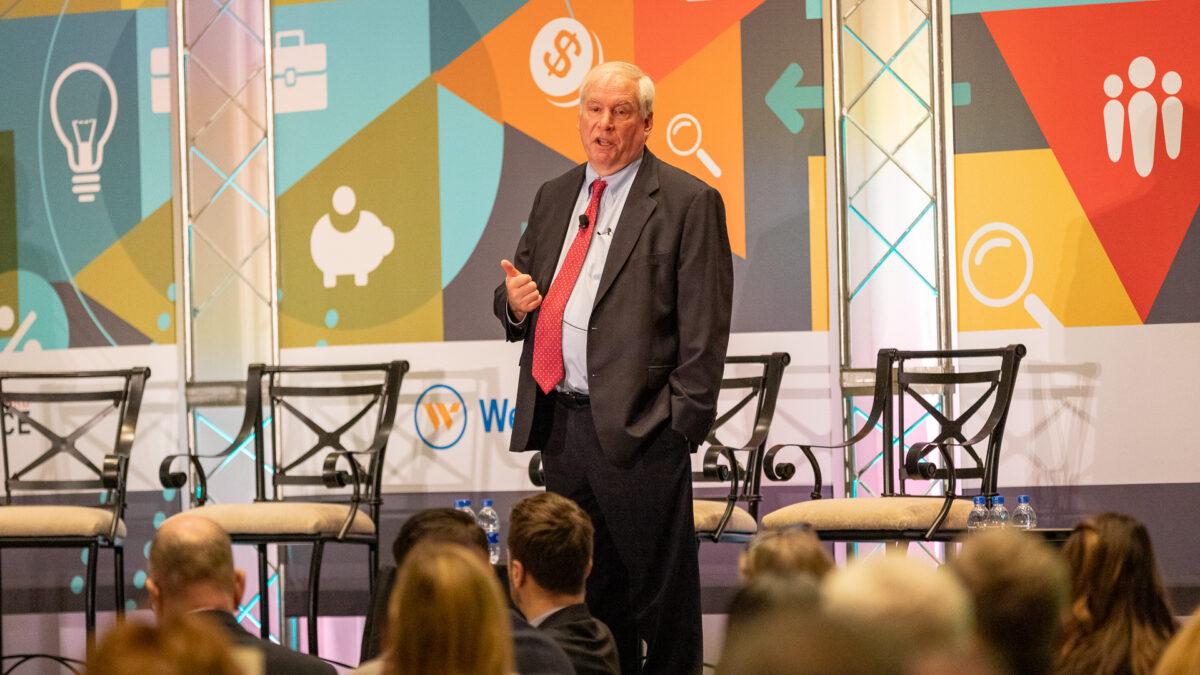
Cleveland Federal Reserve Bank President Loretta Mester, Dallas Federal Reserve Bank President Robert Kaplan, and Chicago Federal Reserve Bank President Charles Evans all said they’ve seen no justification to drop the central bank’s current “on hold” policy.
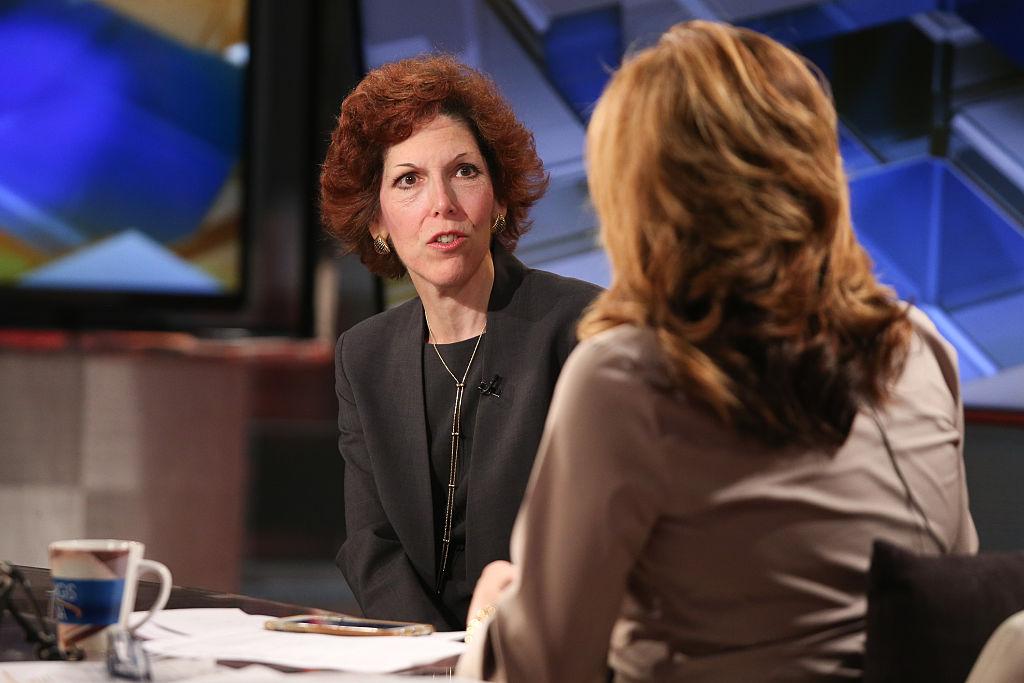
Stable Rates
The Economic Advisory Committee said that based on its expectations for growth and the Fed’s future policy moves, Treasury yields would remain stable.“No significant change is expected for three-month Treasury rates, with rates on 10-year bonds seen rising from 1.8 percent now to 1.9 percent at year-end and 2.1 percent a year later,” the Committee said.
The 15 economists also expected modest increases in mortgage rates, along with growth in both new home construction and home prices.
“Historically low mortgage rates and good credit availability, along with increased employment and higher incomes, provide a positive outlook for housing,” said Mann.
Easing trade tensions and accommodative monetary and fiscal policies should cause global growth to improve, the Committee said, while noting risks.
“On balance, the risk is to the upside for consumers in that wages could rise more rapidly, especially for those at the lower end of the income distribution, providing greater spending power,” Mann said. “On the other hand, the risk is to the downside for business investment because of economic uncertainty, as well as concerns about ongoing issues in the aerospace industry.”
The Committee expects the national unemployment rate to remain close to the current 3.5 percent level through next year.
“Labor force participation is expected to continue to increase, bringing new entrants to the labor market to satisfy the demand for workers,” Mann said.
The labor force participation rate, or the proportion of working-age Americans who have a job or are looking for one, was steady in December, at 63.2 percent.
The Committee predicted business investment would rise as firms try to leverage technology to increase productivity amid tight labor markets. They indicated that as businesses meet with greater difficulty finding workers, wage growth would increase to around 3.3 percent annually through 2021.
The 15 economists also said they saw the probability of a recession over the next 12 months drop to 25 percent, which represents a slight drop from their previous prediction “due to the easing of trade tensions and lagged effects of monetary policy actions.”
